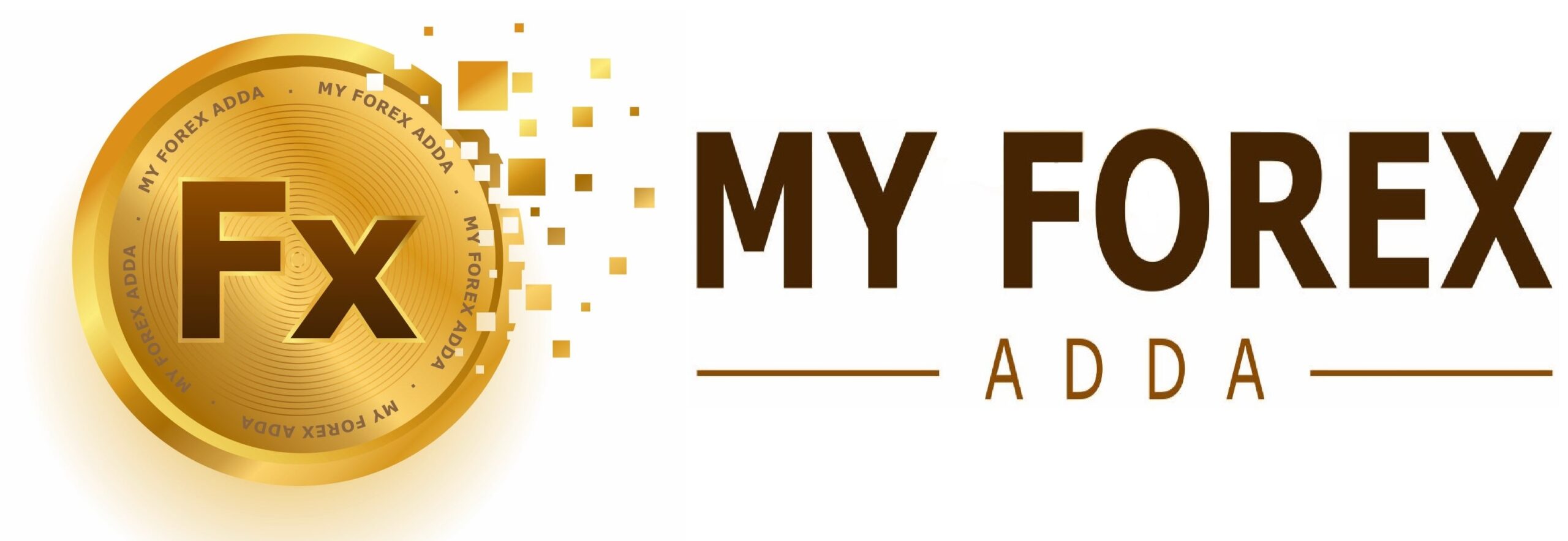The U.S. Federal Reserve is expected to cut its benchmark policy rate by 0.25 percentage points at the conclusion of its meeting on Thursday, but the move could seem secondary in light of the uncertain economic landscape the central bank will likely face under a second Trump administration.
Donald Trump’s victory in Tuesday’s U.S. election, along with the potential for GOP control of both houses of Congress, sets the stage for policy changes that could include adjustments to tariffs, tax cuts, and stricter immigration policies. These shifts may significantly alter the economic outlook the Fed had been preparing for next year, particularly regarding growth and inflation.
While it may take months for these proposals to be debated and passed, even with full Republican control, bond yields continued to rise following the election results. Investors now expect the Fed to cut interest rates less than previously anticipated as they adjust to a new economic environment, one that may bring higher federal deficits, stronger short-term growth, and increased inflation, while also posing long-term risks.
TSLombard Chief U.S. Economist Steven Blitz warned that rising budget deficits, tariffs, and other policy changes could complicate the Fed’s ability to manage economic conditions. “Over time, these factors could become a challenge for the Fed to navigate,” Blitz said.
Having had the flexibility to raise interest rates in response to inflation during a strong economy, the central bank may now find itself playing “catch-up” with changes in trade and global capital flows prompted by the administration’s policies. This could force the Fed to balance rising prices with the pressure to maintain low unemployment.
During his first term, Donald Trump was outspoken in his calls for low interest rates, even labeling Fed Chair Jerome Powell as an “enemy” due to the rate hikes he believed were unnecessarily hindering economic growth. This contentious relationship will remain a key area of focus in the coming months.
Trump appointed Powell as Fed Chair in 2018, and Powell was subsequently reappointed by President Joe Biden for a second term, which runs through May 2026—a term Powell has indicated he intends to serve.
The Federal Reserve is widely expected to lower its benchmark interest rate by 0.25 percentage points on Thursday, bringing the target range to 4.5% to 4.75%. This follows a similar half-point reduction in September.
However, market confidence in the Fed’s future actions has started to wane. The central bank is now expected to end its rate-cutting cycle by mid-2025, with the policy rate projected to stabilize between 3.75% and 4%. This is a full percentage point higher than the 2.9% rate Fed officials had forecast in September.
The anticipated policy rate is also significantly above the 2.4% peak that sparked Trump’s criticism of the Fed during his first term.
Still, the Fed has kept monetary policy tight to rein in inflation and move towards its 2% target, a process of “disinflation” that the central bank believes is ongoing. Trump, however, may push for continued disinflation, given how central rising prices were to his re-election campaign.
The potential impact of Trump’s proposed economic policies—ranging from tariffs to tax cuts—remains uncertain. These policies could disrupt global supply chains, with unpredictable effects on prices, growth, jobs, and government deficits. Additionally, tax cuts may influence incomes, consumer demand, and fiscal balances in ways that are difficult to forecast.
Ahead of the election, Fed officials reiterated that their monetary policy decisions are not influenced by any administration’s proposals, but are based on the economic consequences of fiscal and regulatory actions.
The Fed has dealt with similar situations under Trump before, raising rates in 2018 as his tax cuts led to strong economic growth and rising inflation risks, and cutting rates in 2019 as his tariff wars slowed global growth.
This history highlights the uncertainty surrounding future decisions. While the Fed is likely to cut rates as expected on Thursday, “the outlook beyond this remains unclear, with the extent and timing of further cuts depending on incoming data and Trump’s policy approach in 2025,” wrote Macquarie economists David Doyle and Chinara Azizova.





